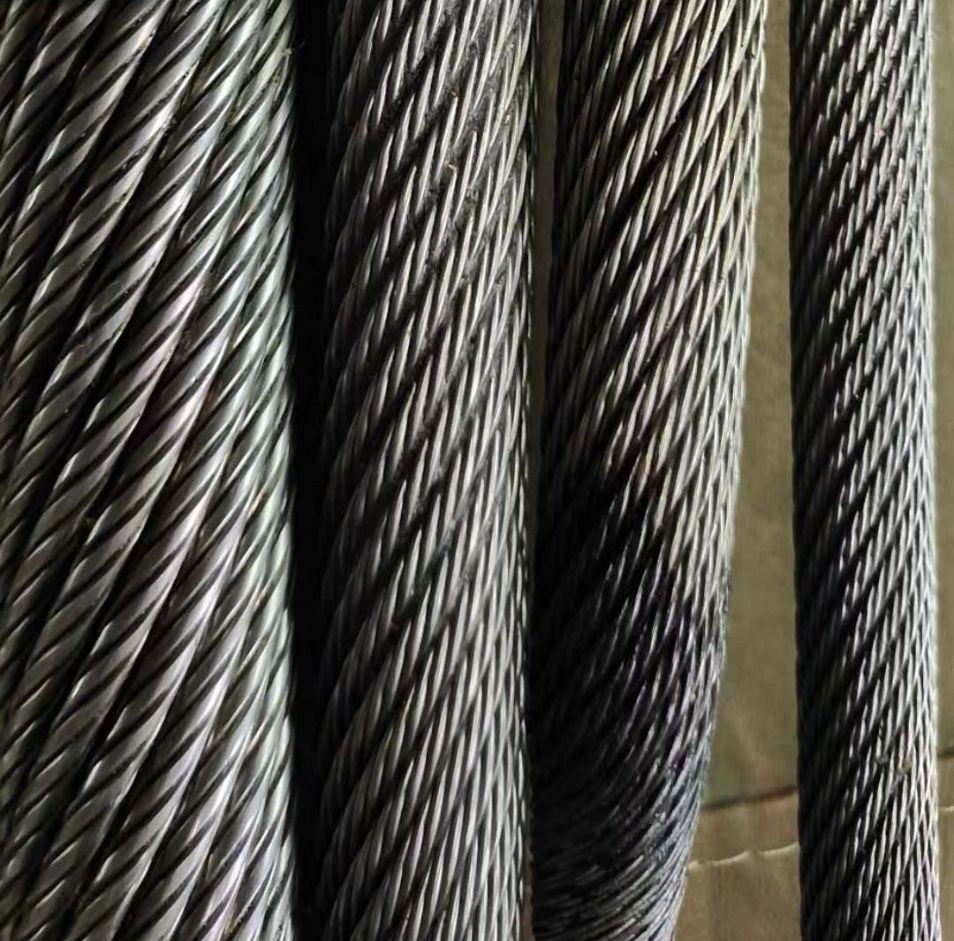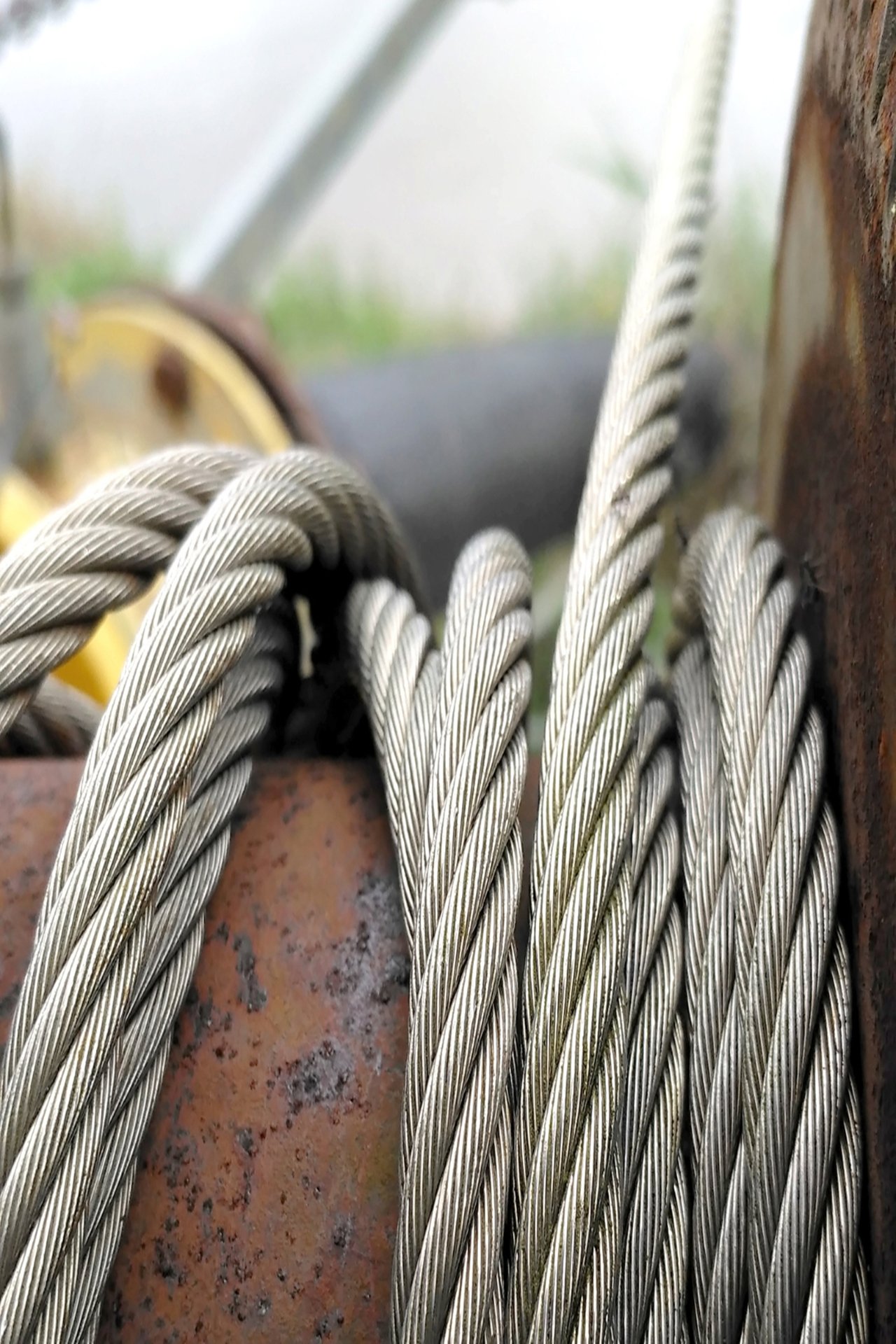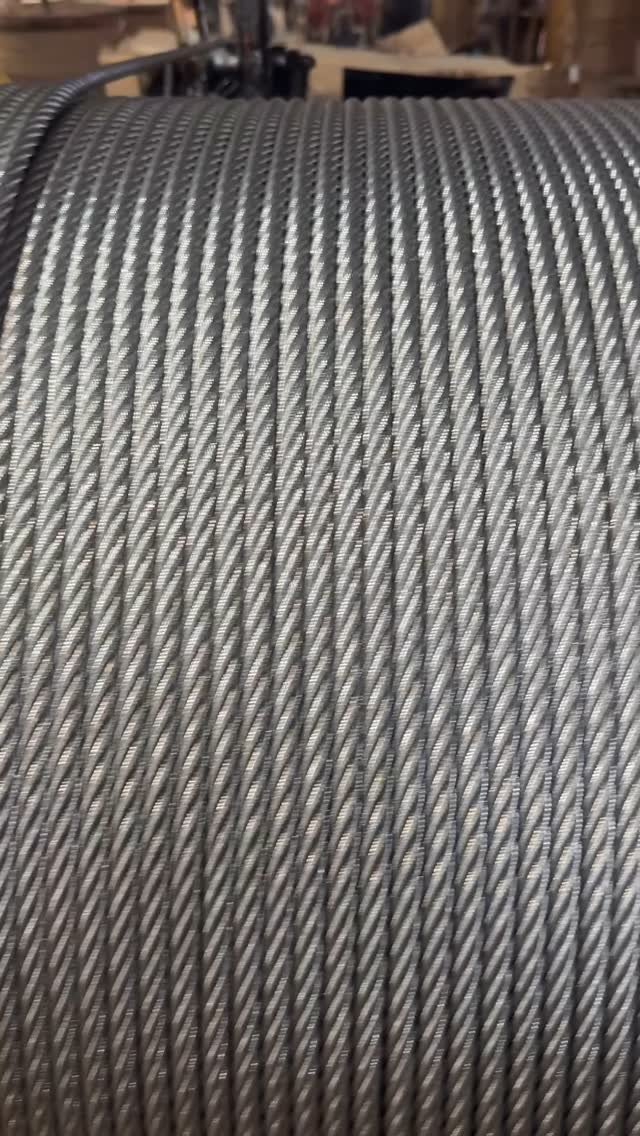Step-by-Step Guide: Installing a Wire Rope Ferrule and End Stop
Tools and Materials Needed
Before you start, gather the necessary tools and materials:
Materials
- Wire rope – Ensure you have the correct diameter and type for your application.
- Ferrule (Sleeve) – Choose the right material (aluminum, copper, or stainless steel) and size based on the wire rope’s diameter.
- End stop – A small cylindrical fitting used to prevent the wire rope from slipping out of a fixture.
- Thimble (Optional) – Used when making a loop to protect the wire rope from wear.
Tools
- Wire rope cutters – For a clean cut without fraying.
- Crimping tool or swaging tool – A hand swager, hydraulic crimper, or bench-mounted press.
- Measuring tape – To ensure proper loop size.
- Marker or chalk – For alignment.
- Gloves and safety glasses – For protection.
Step 1: Select the Correct Ferrule and End Stop
- The ferrule size should match the wire rope diameter.
- Ferrule material selection:
- Aluminum ferrules – Common for general applications.
- Copper ferrules – Used for stainless steel wire rope to prevent corrosion.
- Stainless steel ferrules – Used for marine or high-corrosion environments.
- End stops are typically cylindrical crimps used to cap the end of the wire rope.
Step 2: Cut the Wire Rope
- Use high-quality wire rope cutters to ensure a clean, non-frayed cut.
- If the ends fray, use tape around the cut area before cutting.
Step 3: Insert the Wire Rope into the Ferrule
For a Loop End:
- Slide the ferrule (sleeve) onto the wire rope.
- Insert the end of the wire rope through the thimble (if using).
- Pass the end of the wire rope back through the ferrule, forming a loop.
- Adjust the loop size before crimping.
- Ensure that both ends sit parallel inside the ferrule.
For an End Stop:
- Slide the end stop onto the wire rope.
- Push the wire rope in fully so it reaches the end of the fitting.
Step 4: Position the Ferrule or End Stop for Crimping
- For a ferrule: Position the ferrule close to the thimble, leaving a small gap to prevent crushing the loop.
- For an end stop: Ensure the wire is fully seated in the end stop.
Step 5: Crimp the Ferrule or End Stop
- Use the correct crimping/swaging tool for your ferrule type.
- For a hand swager:
- Place the ferrule or end stop in the correct die size of the swager.
- Start at one end of the ferrule and work towards the other.
- Apply pressure firmly; for oval ferrules, crimp multiple times (typically 3 to 5 crimps).
- For hydraulic swaging:
- Align the ferrule in the hydraulic tool’s die.
- Activate the hydraulic press to achieve the required compression.
👉 Tip: The ferrule should be compressed evenly without deforming the wire rope inside.
Step 6: Inspect the Connection
- Check for a uniform crimp – the ferrule or end stop should be compressed evenly.
- Ensure the wire rope is not damaged during crimping.
- For a looped end, check the thimble – it should sit snugly in the loop without excessive space.
Step 7: Perform a Strength Test
- If possible, pull-test the connection to ensure it holds securely.
- Tug on the wire rope manually or use a test load to verify the crimp’s integrity.
Key Considerations
✅ Double-check the ferrule size – undersized ferrules won’t fit, and oversized ferrules won’t grip properly.
✅ Choose the correct tool – a hydraulic crimper is best for heavy-duty applications, while a hand swager is sufficient for smaller jobs.
✅ Use a go/no-go gauge (if available) to verify proper crimping.
✅ For critical applications, consider zinc pouring or using mechanical swaged fittings instead of ferrules for maximum security.








